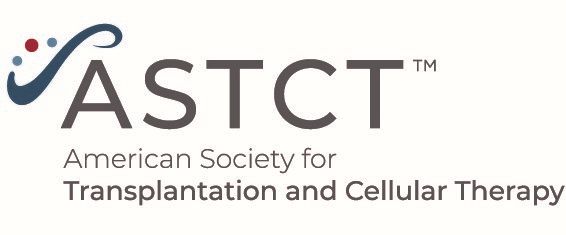
Treatment-Responsive Acute Graft-versus-Host Disease After Post-Transplantation Cyclophosphamide-Based Prophylaxis: Incidence and Clinical Outcomes

A recent study investigated the incidence and clinical outcomes of acute graft-versus-host disease following post-transplantation cyclophosphamide-based prophylaxis in hematopoietic cell transplantation.
A recent study, published in Transplantation and Cellular Therapy, investigated the incidence and clinical outcomes of acute graft-versus-host disease (aGVHD) following post-transplantation cyclophosphamide (PTCy)-based prophylaxis in hematopoietic cell transplantation (HCT). This work, from researchers at The University of Minnesota, assessed a cohort of 196 adult and pediatric patients who underwent allogeneic HCT with PTCy, tacrolimus and mycophenolate mofetil (MMF) prophylaxis. The study identified the distribution of aGVHD into steroid-sensitive (SS), steroid-dependent (SD) and steroid-resistant (SR) categories, exploring their respective clinical outcomes. The findings indicate that the overall incidence of aGVHD requiring systemic corticosteroids was 16%, with the majority classified as SS.
A notably lower incidence of SR aGVHD in patients receiving PTCy-based prophylaxis compared to non-PTCy regimens was found. Specifically, only 4.6% of patients developed SR aGVHD, compared to the 14.7% observed in previous studies using different prophylactic approaches. Among the 54 patients who developed aGVHD, 41% were SS, 31% SD, and 28% SR. The clinical outcomes show that SS and SD patients had similar two-year overall survival rates (77% and 75%, respectively), which were comparable to those without aGVHD (81%). Conversely, the SR group exhibited the poorest outcomes, with a significantly lower two-year overall survival rate of 20% and higher non-relapse mortality primarily due to GVHD.
These findings demonstrate the effectiveness of PTCy-based prophylaxis in reducing the incidence of severe, treatment-resistant aGVHD, thus improving patient outcomes post-transplant. It highlights the importance of monitoring and managing aGVHD treatment responses to enhance survival rates and reduce complications. The researchers advocate for further studies to confirm these findings and to optimize GVHD prophylaxis protocols, particularly focusing on reducing SR aGVHD incidences and improving therapeutic strategies for managing this condition.
Reference
Herzog S, Shanley R, Holtan SG, MacMillan ML, Weisdorf DJ, Jurdi NE. Treatment-Responsive Acute Graft-versus-Host Disease after Post-Transplantation Cyclophosphamide-Based Prophylaxis: Incidence and Clinical Outcomes. Transplant Cell Ther. Published online May 9, 2024. doi.10.1016/j.jtct.2024.05.007
Newsletter
Stay up to date on recent advances in the multidisciplinary approach to cancer.



















































































